Let’s face it—grab handles aren’t flashy, but they matter. A lot. Especially in SUVs, where getting in and out of a taller vehicle often depends on them. These seemingly small fixtures are leaned on, pulled on, yanked, and sometimes abused daily.
Yet, they’re one of the most overlooked aspects when assessing durability. That’s a problem. You don’t want to be clambering into your SUV on a muddy trail or during a snowstorm only to have the handle rip out of the pillar like it’s Velcro. It happens more often than you’d think.
This isn’t just about materials. Design plays a huge role—anchor points, fastener strength, flexibility under torque. Some automakers get it right, using rugged polymer blends, steel reinforcements, and solid mounting hardware. Others phone it in with cheap plastic clips and weak screws buried in soft trim. And it shows.
This list cuts through the guesswork. Whether you’re using your SUV for off-road adventures, family errands, or as your daily commuter, you’ll want a cabin that holds up—literally.
So, here are 5 SUVs with grab handles that feel like they could anchor a rock climber, and 5 where even a medium pull might snap something loose. Because what good is an SUV if it can’t even support your weight getting in?
5 SUVs with the Most Durable Grab Handles
These are the SUVs where the grab handles are built like they’re meant to be used—solid grip, firm mounting, and zero flex. Whether you’re entering the cabin with muddy boots or gripping hard during a rough trail, these handles don’t complain, creak, or wiggle. Expect strong materials, steel backing plates, and smart integration into the vehicle’s structure.
ALSO READ: 5 Trucks With Smooth Ride Quality and 5 That Rattle on Every Bump
1. Toyota Land Cruiser
The Land Cruiser isn’t just a legacy nameplate—it’s a tank disguised as a luxury SUV. True to its off-road DNA, Toyota didn’t cut corners on cabin components.
The grab handles? They’re industrial-strength. Mounted deep into the A-pillars with reinforced brackets, these handles feel like they’re welded in. No flex, no creaks, even under serious weight.
Toyota uses a dense polymer over a metal core, which balances comfort and strength. Unlike most soft-touch handles, these aren’t foam-wrapped gimmicks. You can grip them with gloves on, and they’re textured to prevent slippage in rain or dust.
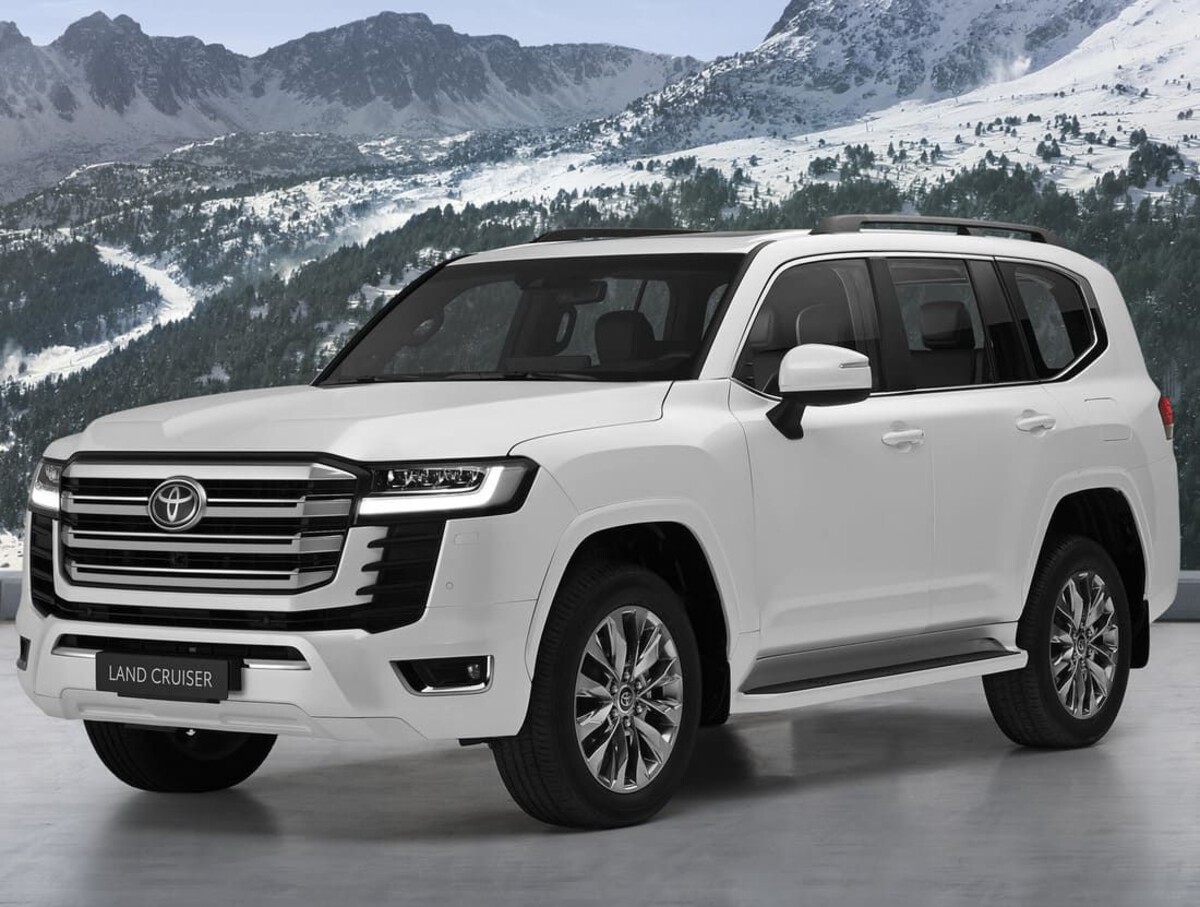
Land Cruiser owners often lift the vehicle, making entry and exit more difficult. Toyota clearly knew this and built the handles to take the extra abuse.
Off-roaders regularly use them as leverage when leaning into awkward spots, and they hold up.
Over time, these handles age well. No cracking, no peeling, no sagging mounts, even after a decade of use. That’s more than you can say for most SUVs, which start showing stress lines or loose trim after a few years.
Bottom line: if your idea of “grab handle” involves actually grabbing and hauling yourself in, the Land Cruiser delivers. It’s a subtle part of what makes this SUV genuinely overbuilt—and it shows Toyota was thinking about real-world use, not showroom appearances.
2. Ford Bronco
The new Ford Bronco was built to get dirty. And Ford clearly understood that grab handles needed to match that rugged vibe. Instead of hiding them under cutesy trim or padding, Bronco’s handles are exposed, bolted-on units—ready for real grip.
They’re made of a high-impact polymer composite, with visible hardware that screams utility. These aren’t cosmetic handles.
You can hang off them, yank on them sideways, and they don’t budge. This is especially important for taller versions of the Bronco, where people actually need that support getting in.
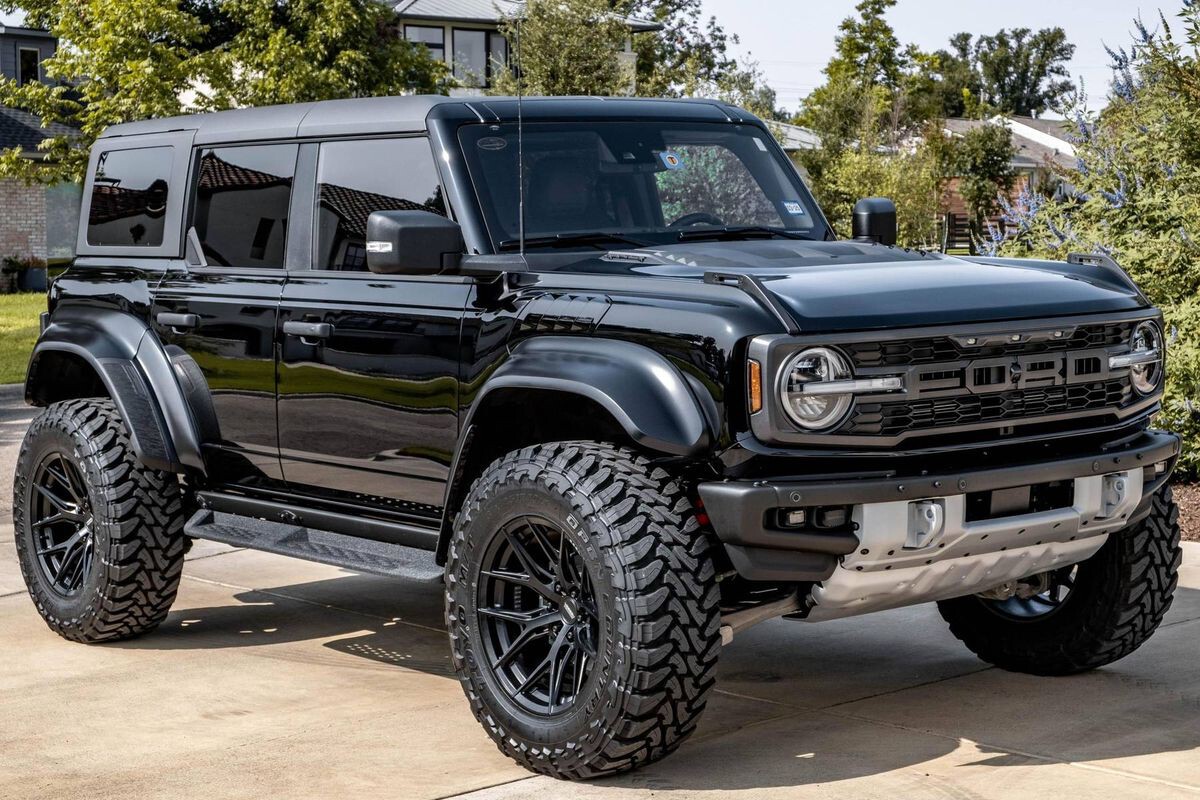
Owners who take the Bronco off-road often find themselves leaning and bracing during rough trails.
The handles are part of the functional cabin design—they’re not just for show. And since the Bronco has removable doors, Ford wisely integrated grab points into the dash and center structure as well, so you’re not left hanging—literally.
One more thing: After-market mods are often tough on stock interiors. But Bronco handles are over-engineered enough that they don’t loosen or rattle even after door swaps and constant flexing. That kind of durability is rare at this price point.
So yeah, Ford nailed it. The Bronco’s grab handles aren’t just useful—they’re proof that someone at Ford knew exactly how these SUVs would be used. And built accordingly.
3. Jeep Wrangler
The Jeep Wrangler might be basic in some areas, but when it comes to off-road utility, it nails the essentials. Grab handles are a perfect example. The factory ones are solid, but where the Wrangler really shines is how easily it accommodates heavy-duty aftermarket options, because Jeep actually designed for that.
Still, even stock handles in recent models like the JL and Rubicon are miles better than average. They’re bolted into the frame, not just clipped into the headliner or plastic trim. You’ll feel the difference when you use them—they don’t move. At all.

They’re shaped to fit your grip, even with gloves, and they sit at just the right angle for pulling yourself up into the high step-in cabin.
Bonus: They can double as anchor points for gear or accessories.
Because the Wrangler is often customized, Jeep fans swap in grab handles made of steel tubing or even paracord-wrapped versions that loop around the roll cage. The great part? The base mounting points don’t fail. That means the core structure was engineered with real stress in mind.
These aren’t decorative handles—they’re an essential part of the Wrangler’s usability. Whether you’re rock crawling or just climbing into the backseat, they’re up for it.
4. Lexus GX
The Lexus GX might wear a luxury badge, but it’s still an old-school SUV under the skin—and the grab handles remind you of that. They’re not trying to be pretty. They’re trying to work.
Mounted into the A-pillars and above each door, these handles are heavy-duty plastic molded around metal reinforcement brackets. Pull hard, and there’s no give. They’re dead silent, no squeaking or creaking, even after years of use.
The GX shares its bones with the Toyota Prado and older Land Cruisers, so it inherits the rugged hardware underneath the leather and wood trim.
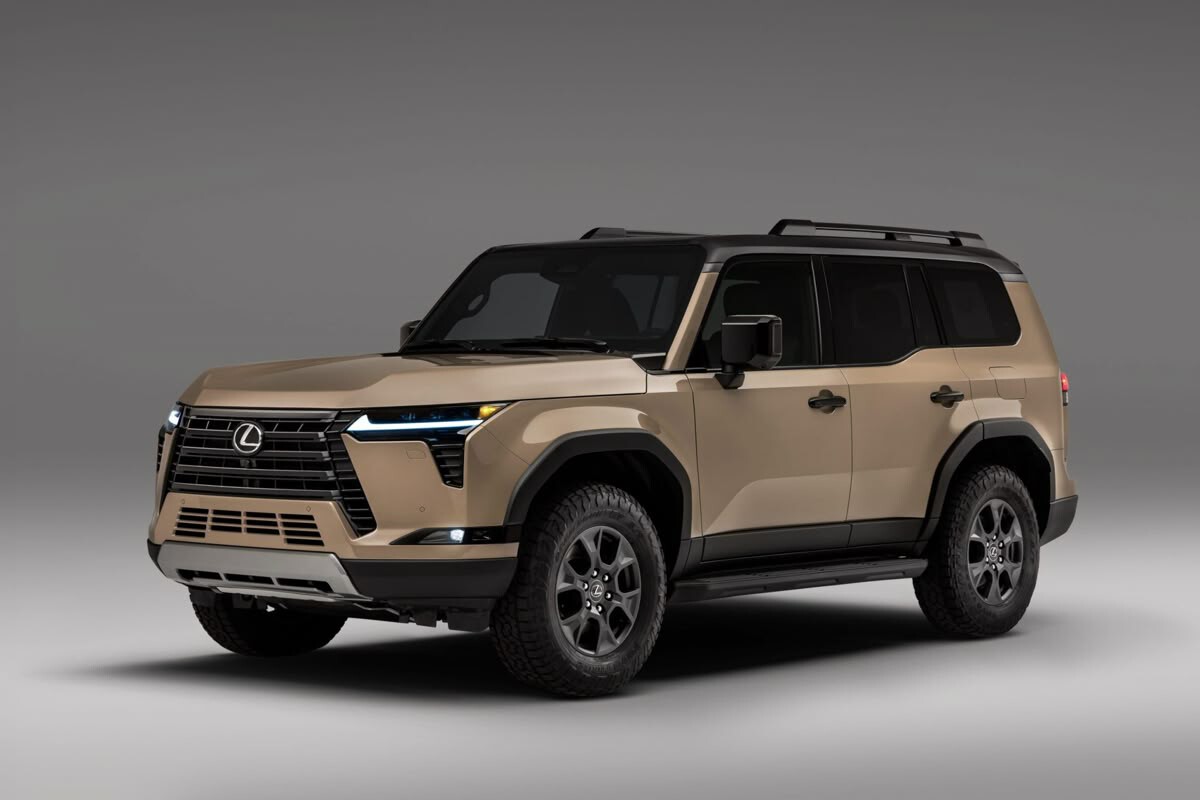
The handles may look posh, but they function like they’re made for the trail. And they last—many owners report zero wear or failure even after 100,000+ miles.
Lexus also did something smart with the handle angles. They’re positioned for leverage, not just aesthetics. So whether you’re hoisting yourself up or steadying while the car lurches over a bump, they’re always within reach and always sturdy.
This isn’t something you’ll see in flashy brochures, but it’s the kind of detail that separates a well-engineered cabin from a flashy, fragile one. Lexus nailed the blend here—premium feel with real toughness underneath.
5. Toyota 4Runner
Here’s the thing with the Toyota 4Runner—it hasn’t changed much in the last decade. That’s actually a good thing. The grab handles? Still old-school, still overbuilt, still indestructible.
The 4Runner’s handles are solidly anchored into the roof frame and A-pillars. They’re designed for repeated, heavy use, and people do use them.
The step-in height is tall, especially on TRD Pro models, so having reliable handles is crucial. These ones feel like you can swing from them.
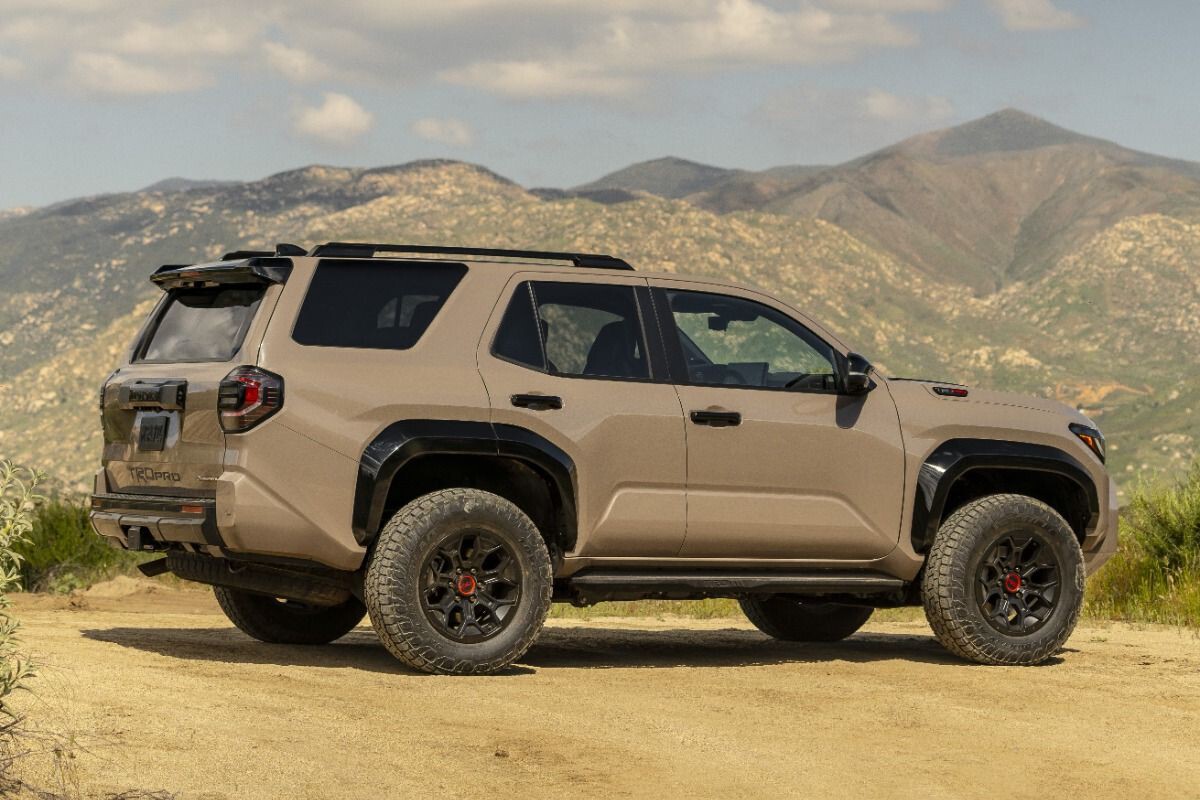
The material isn’t fancy—it’s textured plastic—but it’s durable as hell. No soft-touch garbage or flimsy padding. Just straightforward, grip-it-and-go construction. Even the headliner mount handles have extra bracing behind the trim, which keeps them from working loose over time.
Mechanics who work on these SUVs often point out how simple and robust the mounting hardware is.
There’s none of that hidden fastener nonsense. It’s serviceable, replaceable (though you probably won’t need to), and hard to mess up.
Whether you’re loading gear, hoisting kids, or climbing into the back seat with muddy boots, these handles don’t flinch. It’s classic Toyota over-engineering at its best. Functional, boring, and ridiculously dependable.
5 SUVs That Break
These SUVs might look sleek on the outside, but their grab handles tell another story. Cheap plastic, poor mounting, and weak structural support make them frustrating at best, dangerous at worst. Owners complain of rattling, detachment, or complete failure—sometimes within a year of ownership. Style over substance doesn’t cut it when you’re depending on them to hold your weight.
ALSO READ: 5 Reliable Brake Systems and 5 That Constantly Wear Out
6. Hyundai Palisade
The Hyundai Palisade is great for comfort and tech, but those grab handles? Not its strong suit. They’re thin, feel hollow, and worse—some owners report them detaching completely.
The issue isn’t the material alone (though it’s mostly cheap-feeling plastic). The bigger flaw is in how they’re mounted. Rather than being anchored into the structural pillars, they’re often clipped into trim pieces, especially in rear seats. Pull hard enough—and it doesn’t take much—they shift or creak.
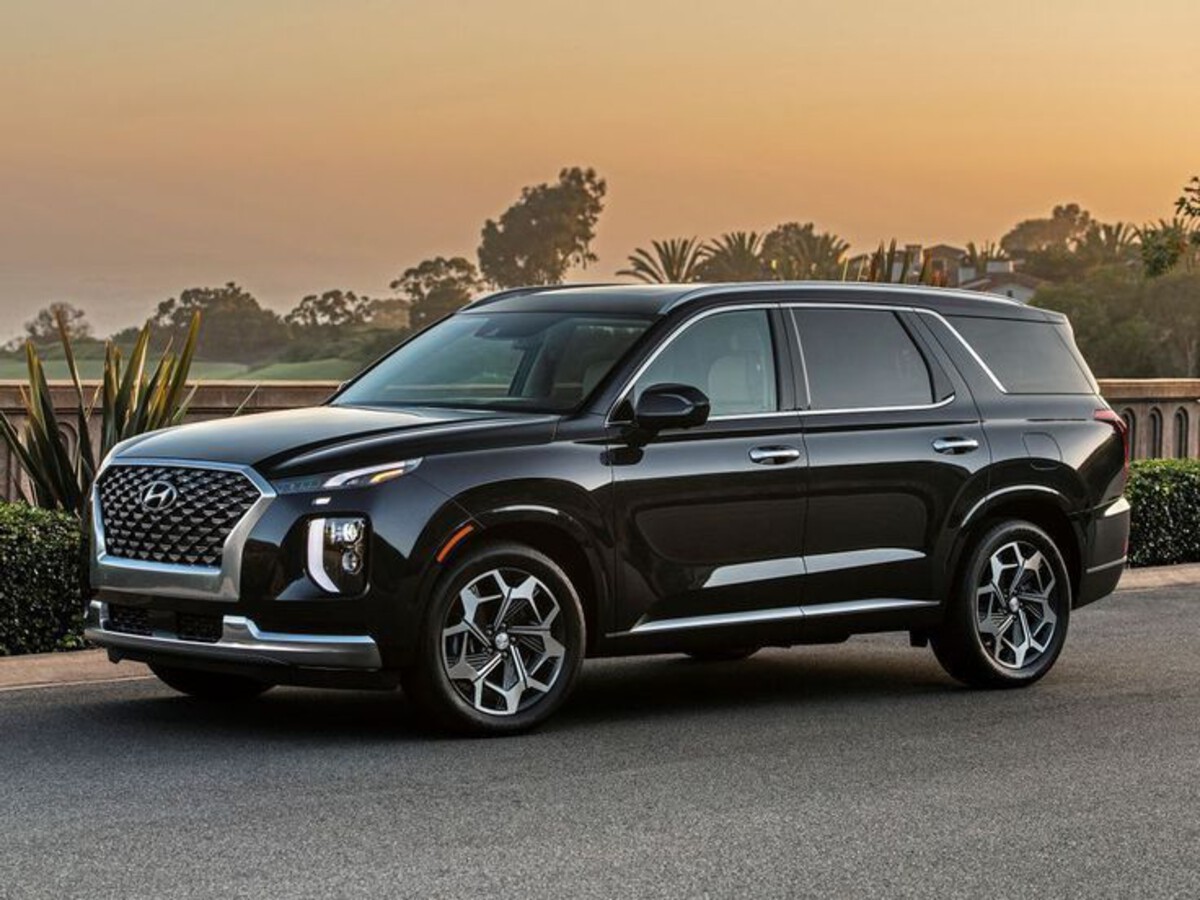
In cold climates, the plastic tends to get brittle. Several reports mention cracks forming where the handle meets the mount. That’s not something you want to discover when leaning in to help a kid buckle up.
Hyundai nailed the plush feel of the Palisade, but this feels like an afterthought. And that’s the theme—nice to look at, but not built for wear and tear. These handles work fine for a gentle grip, but if you actually need to use them to pull yourself in, you’re rolling the dice.
Hyundai could fix this easily with better backing plates or improved fasteners, but for now, it’s a weak point in an otherwise solid SUV.
7. Volkswagen Tiguan
The Volkswagen Tiguan tries to blend Euro styling with practicality, but the grab handles are a clear miss. VW went with retractable, spring-loaded handles that look sleek—but they’re fragile, squeaky, and frankly, too soft for any real weight-bearing use.
Owners have reported that after just a year or two, the internal springs wear out. Instead of snapping back in place, the handles droop awkwardly or stay stuck mid-air. Some handles begin rattling at highway speeds, which is annoying and tells you exactly how poorly anchored they are.

These aren’t mounted into the structural supports. Instead, they’re mostly clipped into the headliner with weak plastic brackets and minimal reinforcement. You can feel the flex the moment you put any weight on them. Try using one to hoist yourself in on a snowy day, and you’ll hear a disheartening crack or pop from the trim above.
Even worse, when one fails, replacing it is a pain. You have to pull down the headliner, which risks damaging even more trim in the process. All that for a piece that should’ve been built tough from the start.
VW missed a chance here. The Tiguan’s ride is decent, and the interior looks clean, but these grab handles scream cost-cutting. They’re built to look nice, not last.
8. Nissan Rogue
The Nissan Rogue is a value-driven SUV, but that low price shows up in odd places, like its grab handles. The materials are basic textured plastic, but the real problem is the internal mounting. They’re just not meant for frequent, hard use.
If you pull too hard—which happens more than you’d think, especially with elderly passengers or when parking on inclines—you can feel them shift. Some owners have even had the entire bracket pull loose from the ceiling.
The fasteners? Small screws into plastic clips. No metal reinforcement, no deep anchoring into frame points.

Worse yet, the rear seat handles are notorious for creaking over time. They become more of a noise-maker than a functional support. This isn’t just cosmetic—on long trips, that constant squeak gets very irritating.
Rogue’s cabin tries to balance comfort and simplicity, but the interior is where Nissan has cut corners—and this is proof. You get the sense that the grab handles were picked out of a parts bin and tacked on as an afterthought.
If you only ever use them gently, they might survive. But if you’re relying on them daily—especially in rugged or high-use situations—they’re going to disappoint. For an SUV, that’s just not acceptable.
9. Chevrolet Equinox
The Chevrolet Equinox does a lot of things well—it’s comfortable, quiet, and pretty affordable. But one weak link in the cabin? The grab handles. And it’s not just a minor inconvenience—it’s a structural issue that shouldn’t be happening in a vehicle built for families.
The front passenger handle is especially problematic. Mounted into soft headliner trim with minimal reinforcement, it flexes even with light pressure. Some mechanics have commented that the handles are “hanging by a thread” rather than engineered. That’s not exactly reassuring.
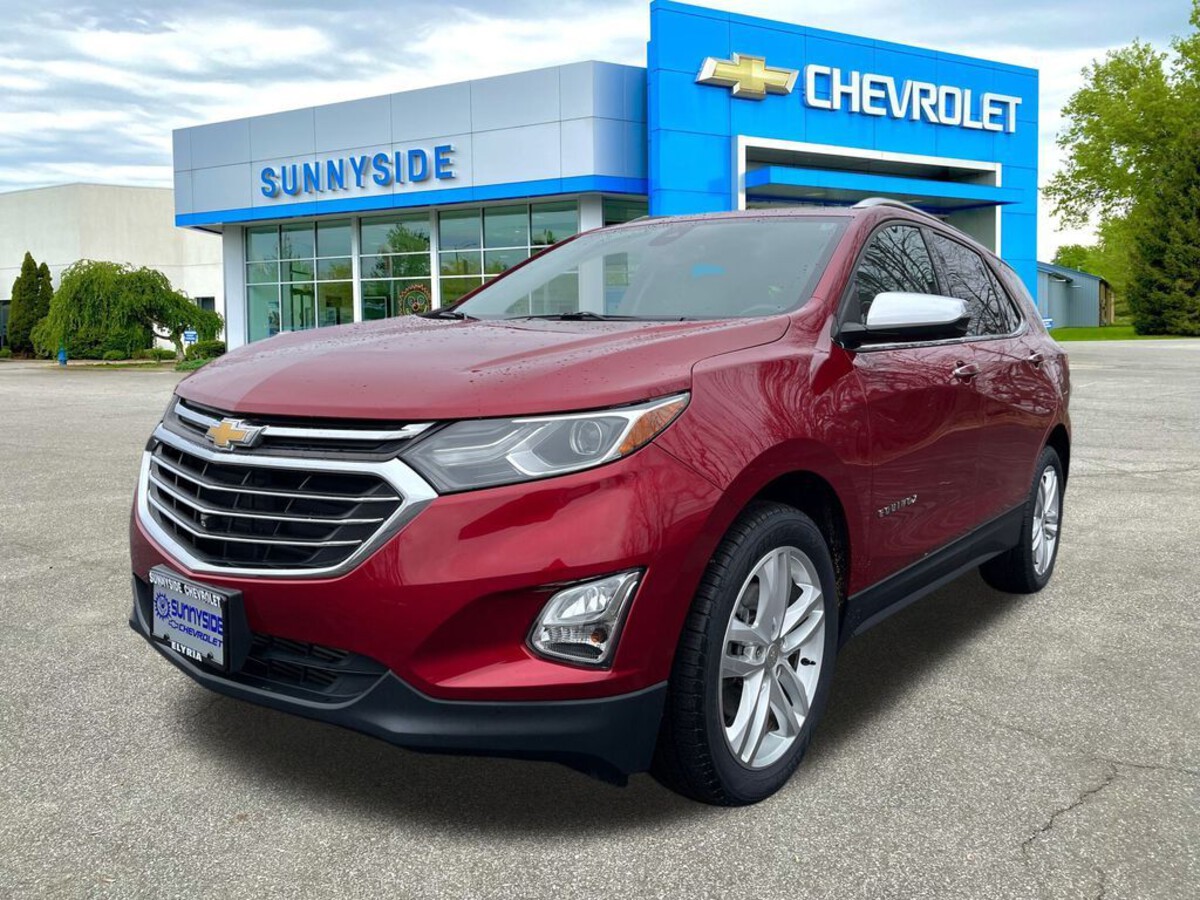
The rear handles aren’t much better. Owners have reported visible cracks forming around the mounting bases, especially in hotter climates where cabin temperatures rise. That means thermal expansion is messing with the already-weak plastic and causing stress fractures over time.
Another red flag? Replacement parts don’t fix the issue for long. Even brand-new handles start to sag after a year of use, and repeated failures have made it one of the more complained-about interior features among Equinox owners.
Chevy tried to make the Equinox interior feel soft and refined, but in doing so, they went too light on actual durability. If you just need something to hang a dry-cleaning bag from, fine. But if you plan to grab these things the way SUVs are meant to be used, be prepared for disappointment—and possibly a ripped headliner.
10. Kia Sportage
Kia’s been on a serious upswing in design and features, but the Sportage’s grab handles didn’t get the same attention as the infotainment screen or panoramic roof. These things feel like an afterthought—flimsy, under-engineered, and prone to loosening with time.
The handle mounts are shallow, often just secured to interior trim rather than deeper frame components. That means when you tug on one—especially from a weird angle, like helping someone into the back seat—it flexes. Sometimes audibly. Sometimes permanently.
Multiple owner reports show that in older models (and even some recent years), handles either snap entirely or come loose and hang like a broken coat hook.
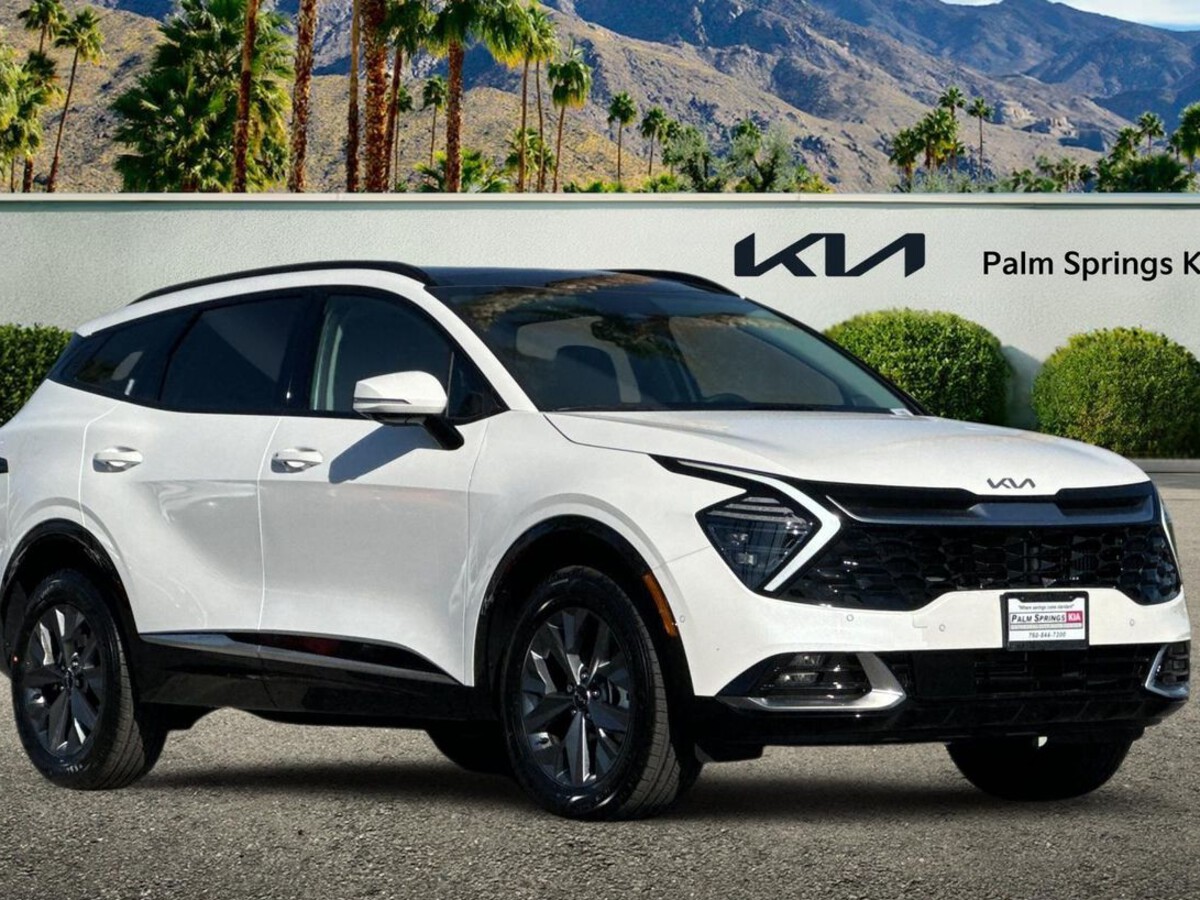
In a few cases, the screws simply back out over time from repeated use. That’s not wear and tear—that’s poor design.
The texture of the handles is also slippery. In hot weather, the plastic gets soft and glossy. In cold weather, it gets brittle. You’re always aware of how cheap they feel, which is a problem for something you hold onto every day.
It’s a shame, because the rest of the cabin feels solid. Kia’s improving fast, but this is one of those details that reminds you they’re still cutting costs in places buyers don’t always notice—until something breaks in your hand.
SUVs are meant to be functional. And in real-world driving, grab handles aren’t just a luxury—they’re a necessity. Whether you’re hopping into a lifted off-roader or helping someone elderly into the back seat, you rely on them without even thinking. But maybe it’s time to start paying attention.
Across the board, the SUVs that performed best on this list had one thing in common: intentional engineering. Toyota, Ford, Jeep—they all understand how their vehicles are used. And they don’t treat grab handles like cheap trim. They build them to take force, flex, and repeat abuse without falling apart.
On the flip side, the SUVs that failed did so because of one or more avoidable issues: weak plastic, poor mounting points, lazy design. These aren’t hard problems to fix—it’s just that they’re often ignored in favor of prettier screens and extra cup holders.
The next time you’re car shopping, take a second to actually pull on those handles. Feel for flex. Listen for creaks. You’ll know pretty quickly whether they’re built to last—or built to look good for six months.
Because if a car company can’t get the basics like this right, what else are they cutting corners on?

